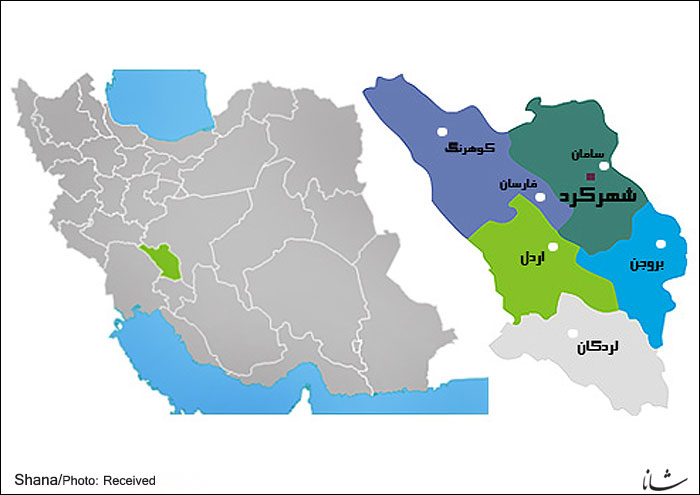Mojtaba Sardari, manager of Chaharmahal and Bakhtiari zone of NIOPDC, told Iran Petroleum that 63.544 million liters of regular gasoline and 16.48 million liters of premium gasoline were consumed in the province during the first quarter of the current calendar year which started on March 20.
Sardari put at 46 the number of fuel stations distributing liquid fuel and compressed natural gas (CNG).
"Three more fuel stations are also to resume work in the province", said Sardari. He noted that these stations used to operate but had been put out of service.
Sardari said gasoil consumption in Chaharmahal and Bakhtiari Province stood at 57.171 million liters during the first quarter of the current calendar year, up 6% year-on-year.
Sardari said several factories in the province are among major consumers of fossil fuel, adding: “It is noteworthy that most of these factories, as emphasized by the Iranian government and the Ministry of Petroleum, must use gas in addition to fuel oil as feedstock. Therefore, due to hot weather in the first months of the year and decline in household gas consumption this factory is tasked with using natural gas. Thus, we will not deliver any fuel to these factories during the first months of the year.”
“During the last three months of the last [calendar] year, we delivered some 16.8 million liters of fuel oil to factories,” said Sardari.
Sardari went on to announce plans for the construction of more storage tanks and pipelines stretching from Isfahan oil refinery to this province.
He said that Isfahan refinery supplies the required fuel of Chaharmahal and Bakhtiari Province, adding: “At present, we have to use some 140 oil tankers for transferring fuel to different corners of the province. The hidden point with regard to this method is the fuel consumption of oil tankers themselves in addition to transport costs, death dangers and decrepit roads.”
Sardari said there are currently two main oil storage sites in Iran, citing Isfahan and Shazand storage sites.
Sardari said the investment needed for the construction of two 20-million-liter storage tanks and construction of a pipeline stretching from Isfahan refinery was around IRR 1,500 billion.
Iran Petroleum


Your Comment